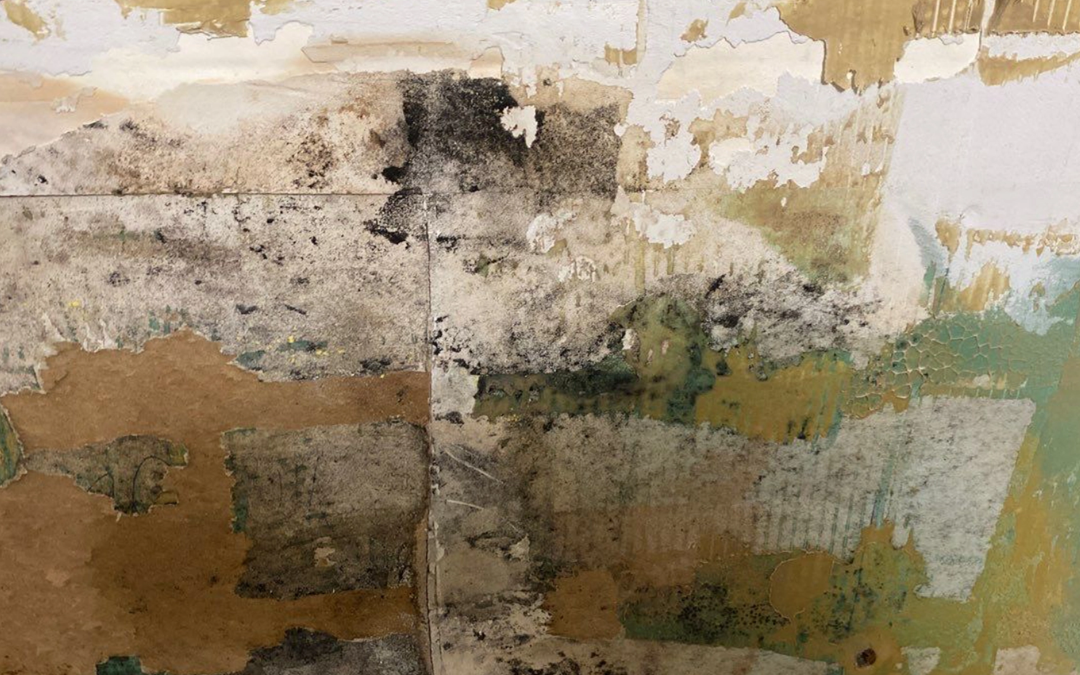Mold can grow in hidden areas of your home, often going unnoticed until it causes health problems or structural damage. Whether you’ve had water damage or just suspect mold growth, knowing how to inspect your home for mold can help prevent bigger issues. Here’s how to check for mold and when to call a professional.
1. Look for Visible Signs of Mold
Mold can appear in different colors and textures, depending on the type. Here’s what to look for:
- Black, green, or white spots on walls, ceilings, or floors.
- Fuzzy or slimy patches on surfaces, including furniture.
- Discolored grout in bathrooms and kitchens.
- Peeling, bubbling, or warped paint and wallpaper from moisture damage.
- Dark stains on carpets or fabrics.
Mold thrives in damp areas, so check bathrooms, basements, attics, and around windows where condensation builds up.
2. Pay Attention to Musty Odors
Mold often produces a strong, musty smell, even if it isn’t visible. Signs that mold may be hiding behind walls or under floors include:
- A damp, earthy odor in specific rooms.
- A smell that gets stronger after rain or high humidity.
- Odors near air vents or HVAC systems, indicating mold in ducts.
If you notice a persistent musty smell, it’s a sign mold may be growing out of sight.
3. Check for Moisture and Water Damage
Mold needs moisture to grow, so any area with water damage is a potential mold hotspot. Look for:
- Water stains or discoloration on ceilings and walls.
- Condensation buildup around windows and pipes.
- Warped or swollen wood from hidden moisture.
- Past plumbing leaks under sinks, behind appliances, or in the basement.
If you’ve had a recent flood or leak, mold could be growing within 24-48 hours if the area wasn’t dried properly.
4. Monitor for Health Symptoms
Mold can cause allergic reactions and respiratory issues, especially for those with asthma or sensitivities. Common symptoms include:
- Sneezing, coughing, or itchy eyes indoors.
- Worsening allergies or asthma when at home.
- Headaches or fatigue that improve when leaving the house.
If multiple people in your home experience these symptoms, it could be a sign of hidden mold exposure.
5. Use a DIY Mold Test or Hire a Professional
If you suspect mold but can’t see it, you can:
- Buy a DIY mold test kit – These collect air or surface samples, but results can be unreliable.
- Use a moisture meter – High humidity or moisture in walls may indicate hidden mold.
- Hire a professional mold inspection – Experts use specialized tools to detect mold behind walls, under floors, and in HVAC systems.
A professional mold inspection is the best way to confirm mold growth and determine how severe the problem is.
When to Call a Mold Removal Professional
You should contact a professional mold remediation company if:
- Mold covers more than 10 square feet.
- You notice a strong, persistent mold smell.
- Mold is growing in hard-to-reach areas like inside walls or air ducts.
- Household members experience ongoing allergy or respiratory issues.
Restoration Cincinnati specializes in mold inspections, removal, and water damage restoration to protect your home and family.
Suspect Mold in Your Home? Call Now!
Mold spreads fast, so early detection is key. If you suspect mold in your home, don’t wait—get a professional inspection today. Call 859-287-4195 or visit our website for expert mold removal services in Cincinnati!

